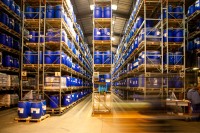History
In 1924, ‘Produits Geigy SA’ began production on the Huningue by grinding, cutting and type-setting dyes. Destroyed during the Second World War, the factory was subsequently enlarged and modernised to incorporate new production units. In 1970, the company changed its name to Ciba-Geigy SA and diversified into pharmaceuticals, agriculture and leather tanning. At the end of 1996, the production activities were acquired from CIBA by Novartis, Clariant and BASF, and the company TFL was founded. Since then, BASF (now Sun Chemicals) and TFL have shared the same infrastructure and geographical footprint, as well as a strong bond.
To celebrate 100 years of this history, SunChemicals and TFL are organising a two-part event.
On Friday, institutional and industrial players will be invited to attend a breakfast and round-table discussion, followed by a tour of the facilities. This event will provide an opportunity to share a vision of the economic and industrial environment, the state of the chemical industry in the Grand Est region, the challenges ahead and future development opportunities.
Saturday will be dedicated to employees and their families, who will have the opportunity to visit the site and the production buildings. A meal and activities will be set up to provide an opportunity to share a moment of conviviality.
Today
Today, TFL's Huningue plant is dedicated to the manufacture of chemical intermediates for leather processing, for the stages ranging from Beamhouse to the retanning. The Huningue plant employs 121 people in production (powders, liquids and granules) and logistics in addition to other global functions located at this site. This plant is the TFL group's second largest production unit, and its only site in France. Over the years, investments have enabled the site to grow in size, production capacity and automation of production methods. Thanks to its location at the crossroads of the German and Swiss borders and its proximity to the river Rhine, activities are not limited to production, but also include logistics for products manufactured by other group plants.


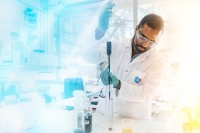

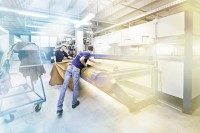
 Main Reaction - The TFL Blog Stories, incidents, tips and facts around the topics leather, chemistry, fashion, sustainability and ecology. Our editorial staff consisting of experienced tanners, scientists, market experts, fashion and communication specialists has sharped their pencils and will supply you with fresh and inspiring content on a regular basis.
Main Reaction - The TFL Blog Stories, incidents, tips and facts around the topics leather, chemistry, fashion, sustainability and ecology. Our editorial staff consisting of experienced tanners, scientists, market experts, fashion and communication specialists has sharped their pencils and will supply you with fresh and inspiring content on a regular basis.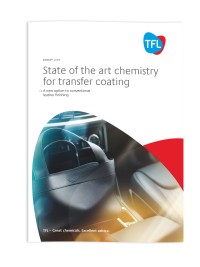
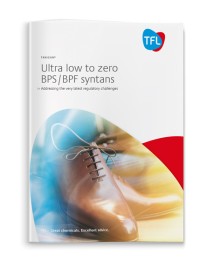

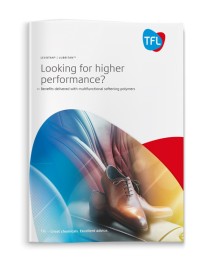 LEVOTAN® / LUBRITAN™ - Looking for higher performance? Tanners around the world are facing increasing challenges from their customers, for example, demands for higher performance such as fastness to light and heat resistance, but also lighter weight leather and more recently odour / emissions avoidance.
LEVOTAN® / LUBRITAN™ - Looking for higher performance? Tanners around the world are facing increasing challenges from their customers, for example, demands for higher performance such as fastness to light and heat resistance, but also lighter weight leather and more recently odour / emissions avoidance.






